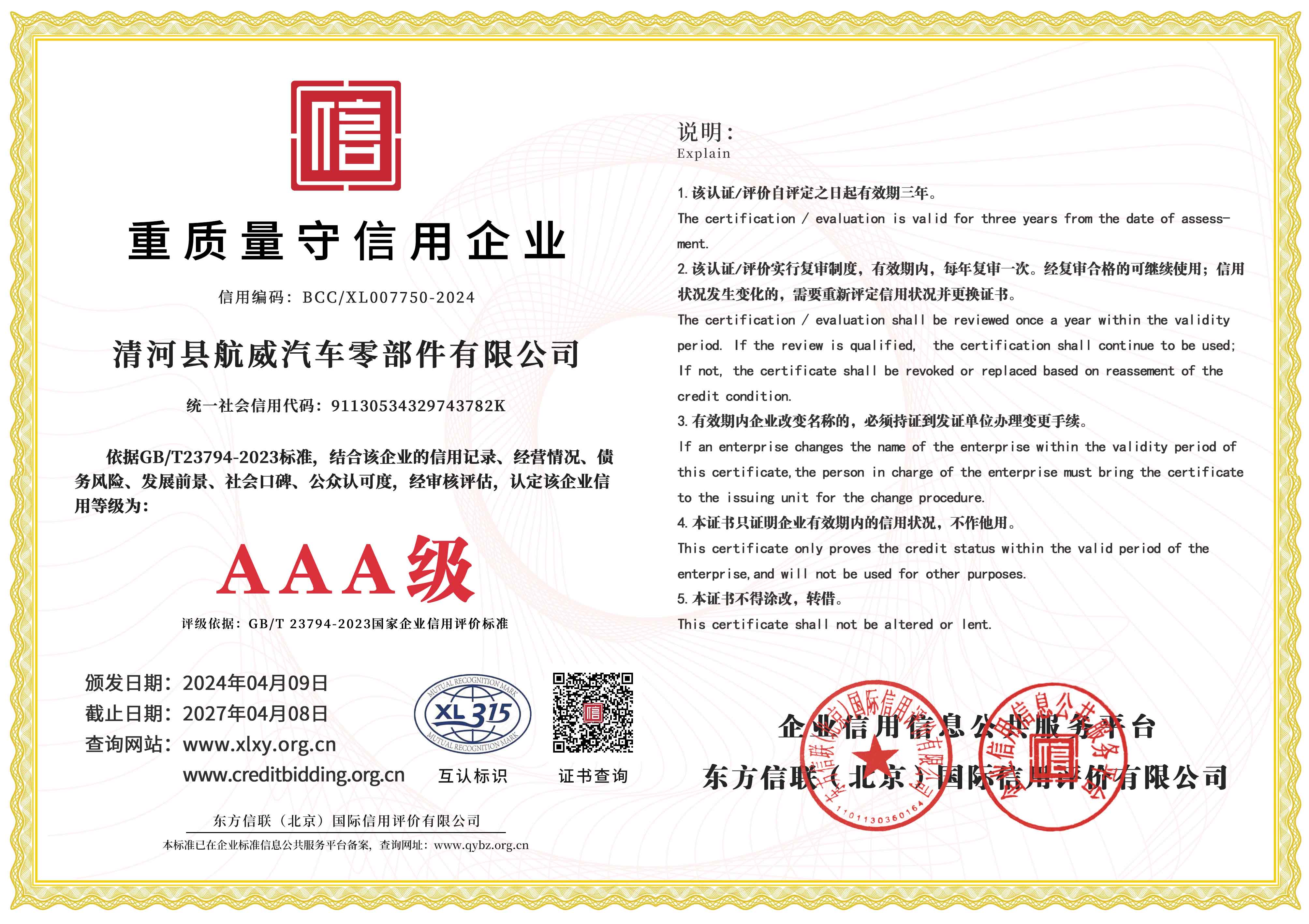Fine-tuning the Throttle Cable for Optimal Performance and Engine Response
Adjusting the Throttle Cable A Step-by-Step Guide
In the world of motorcycles and various types of vehicles, the throttle cable plays a crucial role in controlling the engine's power output. A properly adjusted throttle cable ensures smooth acceleration and improves overall performance. Failure to adjust the throttle cable correctly can lead to a range of issues, from poor throttle response to potential engine damage. This article will guide you through the process of adjusting the throttle cable effectively.
Understanding the Throttle Cable
The throttle cable connects the throttle grip (or pedal) to the throttle body of the engine, allowing the rider or driver to regulate the amount of air and fuel entering the engine. When the throttle grip is twisted or pedal is pressed, the cable pulls on the throttle valve, adjusting the engine’s power output accordingly. However, over time, the cable can become loose or stretched, leading to delays in throttle response or excessive slack.
Symptoms of an Unadjusted Throttle Cable
Before diving into the adjustment process, it’s essential to know the signs indicating that your throttle cable might need adjustment. Common symptoms include
1. Delayed Responsiveness When twisting the throttle grip, if there’s a noticeable delay before the engine responds, it’s likely time for an adjustment. 2. Excessive Slack If you can pull the throttle grip back without any response from the engine, the cable may be too loose. 3. Sticking Throttle If the throttle grip doesn’t return to its idle position smoothly, the cable might be frayed or improperly adjusted.
Tools You’ll Need
Before starting, ensure you have the following tools on hand
- Screwdriver (flathead and Phillips) - Spanner or wrench - Pliers - Ruler or measuring tape - Lubricant (if needed)
adjusting the throttle cable

Step-by-Step Adjustment Process
1. Locate the Throttle Cable Begin by locating the throttle cable on your motorcycle or vehicle. Follow the cable from the throttle grip to the throttle body, where the adjustment mechanism is typically located.
2. Check for Fraying Inspect the cable for any signs of fraying or damage. If the cable is damaged, it should be replaced before making any adjustments.
3. Determine the Correct Slack Most manufacturers provide specific measurements for the amount of slack in the throttle cable. Consult your vehicle’s service manual for the exact specifications. Generally, there should be a small amount of play, usually around 1/8 to 1/4 inch.
4. Adjust the Cable To adjust the throttle cable - Loosen the lock nuts on the adjuster located near the throttle grip or throttle body. - If the cable is too loose, turn the adjustment screw clockwise to shorten the cable length. If it’s too tight, turn it counterclockwise to lengthen it. - It’s helpful to make small adjustments and test the throttle response after each adjustment.
5. Test the Throttle After adjusting, rotate the throttle grip to ensure it moves freely and returns to idle smoothly. Check for any sticking points or delays during the rev-up phase.
6. Secure Everything Once satisfied with the adjustment, tighten the lock nuts without over-tightening, as this could cause additional friction in the cable.
7. Final Inspection Take your motorcycle or vehicle for a brief test ride. Pay attention to the throttle response and make any necessary fine-tuning adjustments if required.
Conclusion
Adjusting the throttle cable is a simple yet essential maintenance task that can significantly enhance your motorcycle or vehicle's performance. Regular checks and adjustments can prevent potential problems down the line, ensuring smooth rides and optimal engine performance. Always refer to your vehicle’s service manual for specific guidance and adjustments based on your model, and don’t hesitate to consult a professional mechanic if you are uncertain about any steps. Proper care of the throttle cable will not only improve your riding experience but also prolong the life of your vehicle’s engine.
-
Workings of Clutch Pipe and Hose SystemsNewsJun.04,2025
-
The Inner Workings of Hand Brake Cable SystemsNewsJun.04,2025
-
The Secrets of Throttle and Accelerator CablesNewsJun.04,2025
-
The Hidden Lifeline of Your Transmission Gear Shift CablesNewsJun.04,2025
-
Demystifying Gear Cables and Shift LinkagesNewsJun.04,2025
-
Decoding Clutch Line Systems A Comprehensive GuideNewsJun.04,2025
